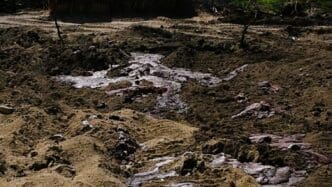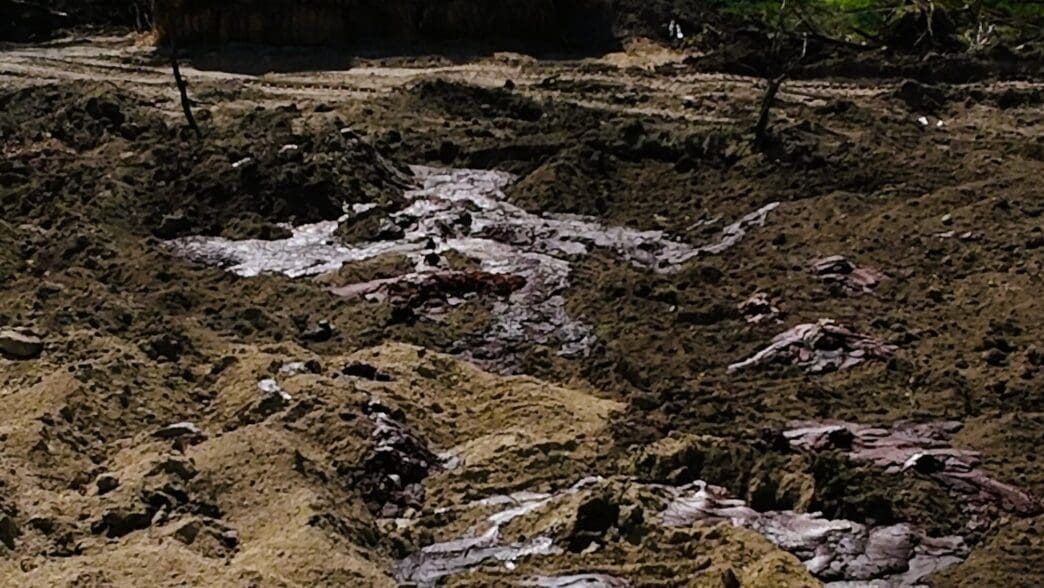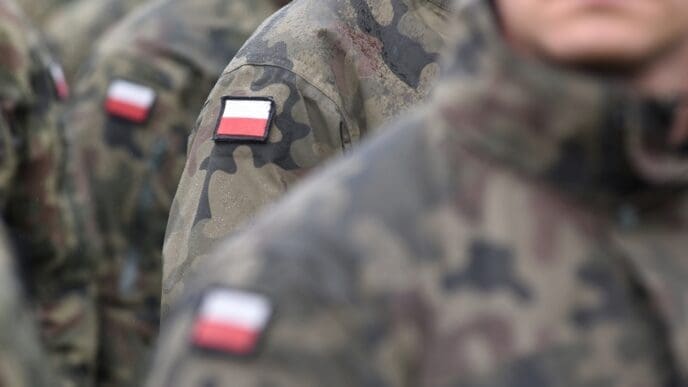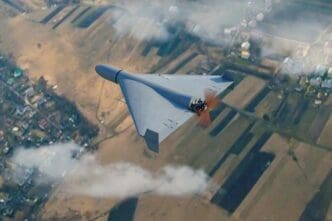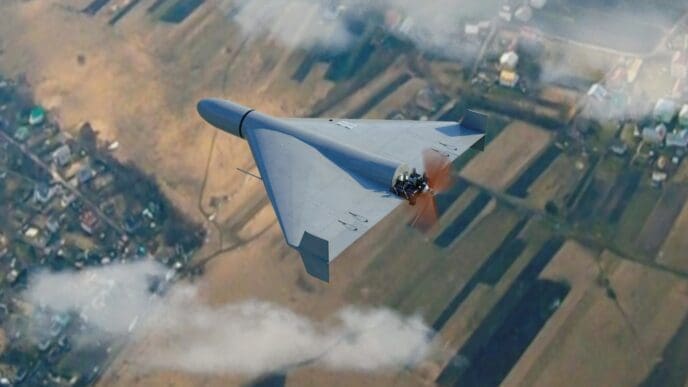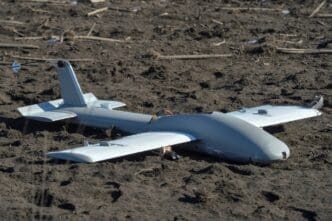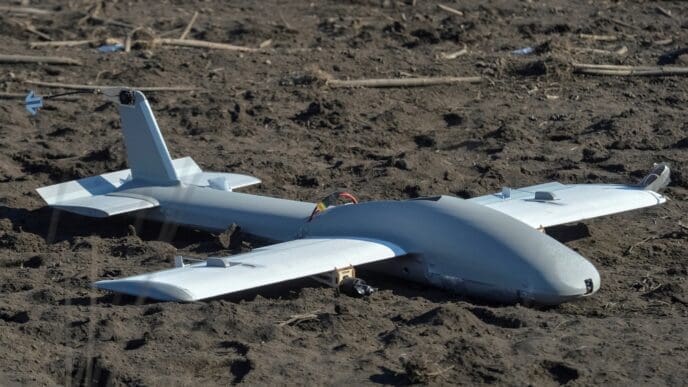Residents in Hungary are expressing concern over potential water contamination following the burial of thousands of cattle culled due to a recent outbreak of foot-and-mouth disease. This marks Hungary’s first encounter with the disease in over fifty years, affecting at least 3,500 cattle in the northwest, near the borders of Slovakia and Austria. In response, the Hungarian government has implemented disinfection measures and deployed soldiers to prevent the spread, resulting in the culling of thousands of animals.
In Győr-Moson-Sopron County, the carcasses of more than 3,000 animals have been buried between the hamlets of Csemeztanya and Irénpuszta. Drone footage and videos shared on social media depict liquid and bubbling gases on the surface, attributed to decomposition. Local residents, like László Nyul from Csemeztanya, are particularly worried about the impact on their water supply. Nyul, who lives near the burial site, expressed concerns about the smell and potential contamination of wells supplying water to local farms. He has appealed to Hungary’s Minister of Agriculture for assurances that residents will receive assistance if affected by the burial site.
Concerns extend beyond the immediate vicinity. In Hegyeshalom, the nearest town, an emergency meeting was convened at the mayor’s office in response to the situation. Mayor László Szőke has called for further action, hoping the current circumstances are temporary. Security measures are in place around the burial site, with a security company monitoring the area and restricting access to passing vehicles. The agriculture ministry has sought to alleviate public fears, with the national chief veterinary surgeon stating that procedures are in accordance with regulations and that the decomposition effects are natural given the scale of the event.
As a precaution, Austria has closed two dozen border crossings with Hungary and Slovakia to prevent the disease from spreading. Slovakia has declared an emergency after the disease was detected on three farms. While foot-and-mouth disease poses no risk to humans, it affects cattle and other cloven-hoofed animals, leading to symptoms such as fever and mouth blisters. Outbreaks can result in trade restrictions and necessitate livestock culls.
The Human Angle Explored
The recent outbreak underscores the critical need for effective disease control measures and preparedness strategies. Implementing comprehensive protocols is essential to prevent similar occurrences in the future and to mitigate their impact on public health.
The burial of cattle carcasses in response to the outbreak raises significant concerns regarding potential contamination of local water supplies. This situation poses risks to residents’ health and could negatively impact agricultural activities in the surrounding areas, highlighting the need for immediate monitoring and intervention.
The closure of border crossings between Hungary, Austria, and Slovakia may significantly affect trade and the movement of goods. Such restrictions can disrupt economic activities and supply chains, creating challenges for businesses that rely on cross-border transactions and logistics.
Residents living near the burial site are experiencing various challenges, including unpleasant odors and changes in the local environment. These issues not only affect their quality of life but may also lead to a decline in property values, raising concerns for homeowners and local authorities alike.
The response of authorities to the outbreak, including efforts to reassure the public, plays a vital role in maintaining community trust. Effective communication and transparency are essential to prevent panic and ensure that residents are informed about safety measures and health guidelines.

